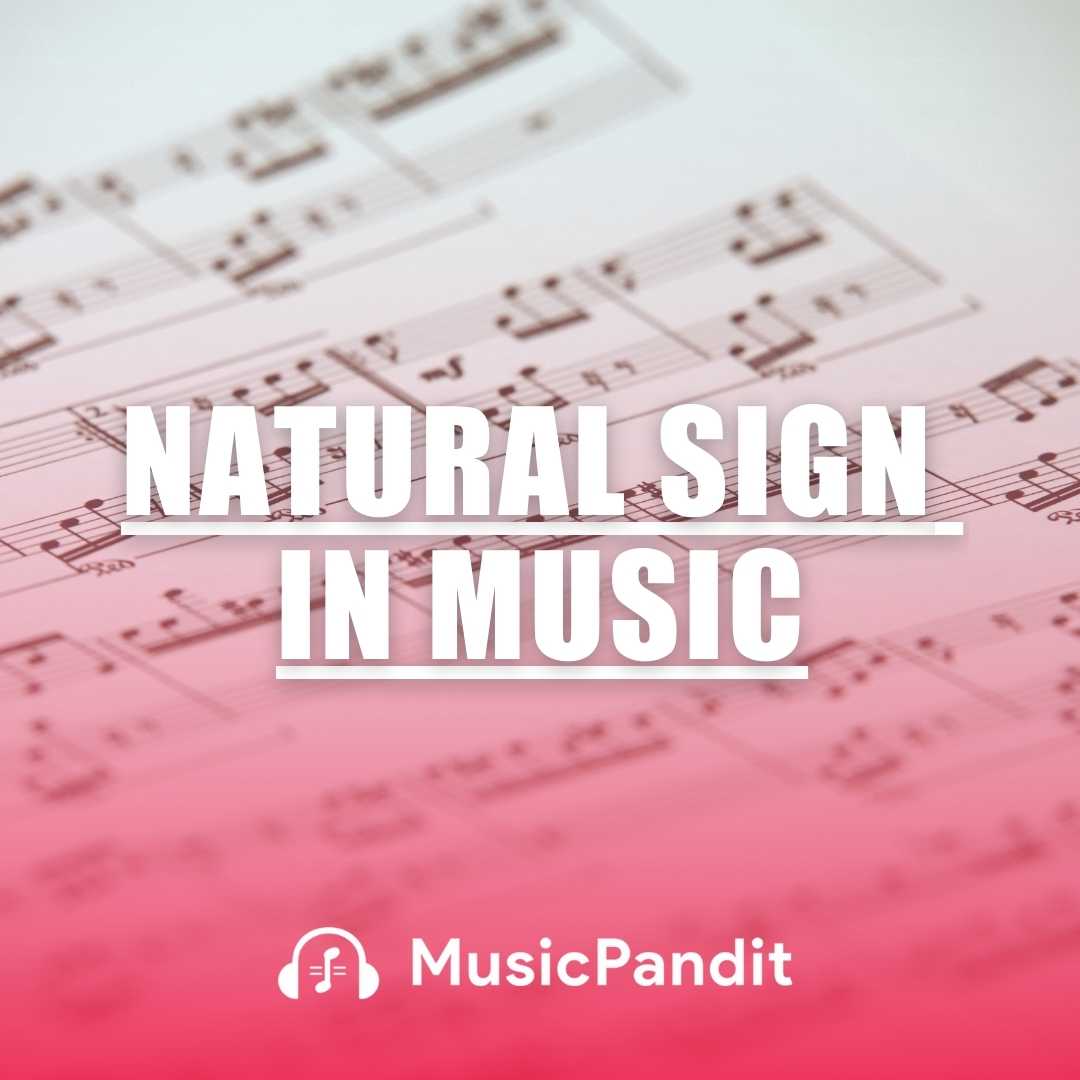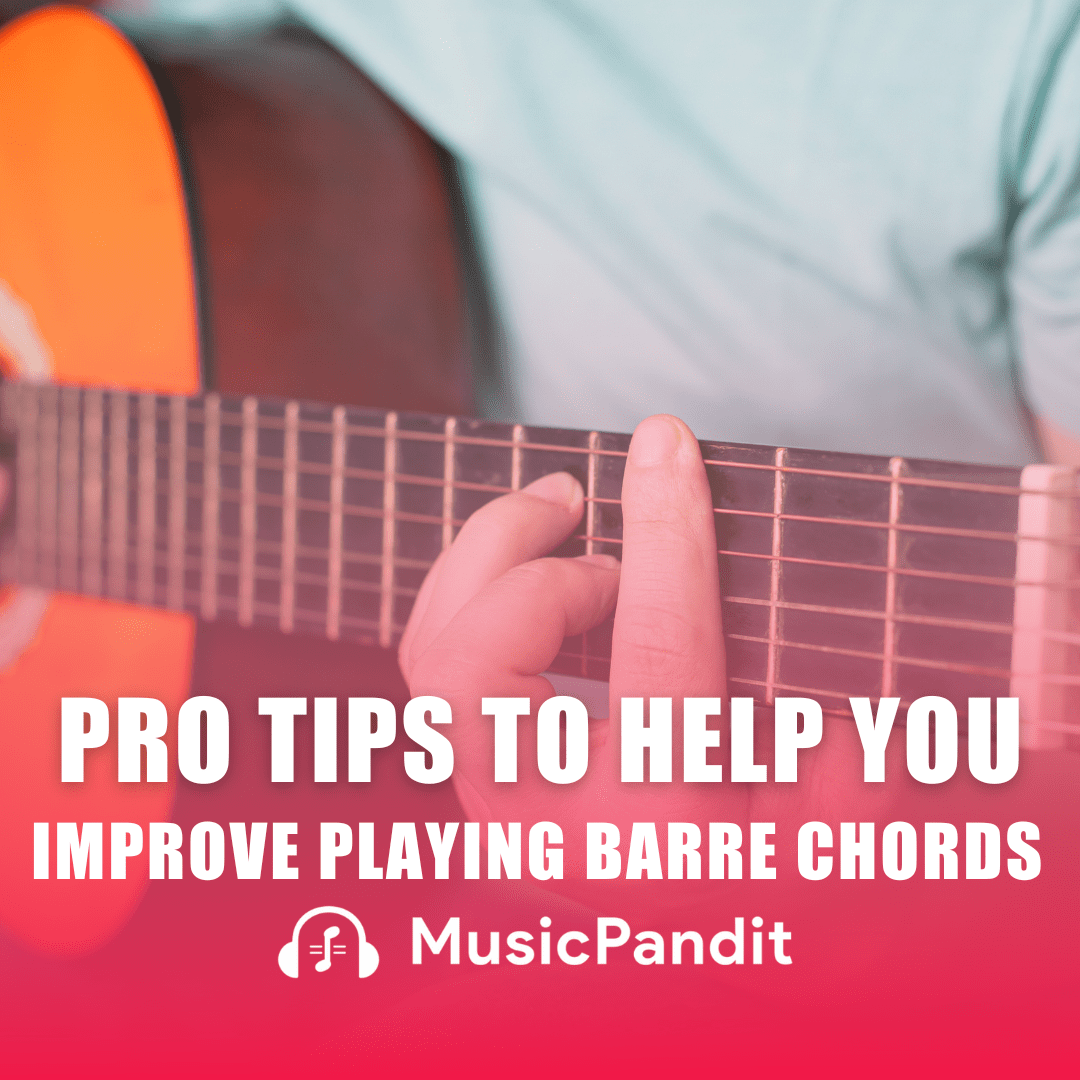Vibrato is a technique used by singers and instrumentalists to add warmth, expression, and richness to their sound. The word “vibrato” comes from the Italian word “vibrare,” which means to vibrate or shake. In music, vibrato refers to a slight, regular fluctuation in pitch that creates a sense of movement and depth. This technique is crucial in many styles of music, ranging from classical to jazz, pop, and even rock.
Understanding vibrato is important for all musicians, whether you’re playing an instrument or using your voice. It can transform a flat, static note into one that feels alive and expressive, captivating listeners and enhancing the overall musical experience.
Definition of Vibrato
In simple terms, vibrato is the oscillation of pitch that occurs naturally or is controlled by the musician to create a more dynamic and engaging sound. It typically involves small, rapid variations around the main pitch of a note. For vocalists, vibrato is produced through the control of the diaphragm and vocal cords. For instrumentalists, different techniques apply depending on the instrument (e.g., moving the fingers on string instruments, or adjusting breath on wind instruments).
Importance of Vibrato
Vibrato is essential for bringing emotion and depth to music. It gives notes a “singing” quality that helps convey the mood and feeling of a piece. Without vibrato, music can sometimes sound too stiff or mechanical, while the addition of vibrato brings warmth and character to the sound.
In both classical and modern music, vibrato is highly valued as it makes the sound more vibrant and colorful. Musicians who master vibrato are often seen as having a higher level of technical and artistic skill, as the technique requires control, precision, and emotional expression.
How to Develop Vibrato?
Vibrato is not something that comes naturally to everyone, but it can be learned and developed over time with regular practice. Here are some steps for developing vibrato:
Breathing Control: Vibrato often begins with proper breath support. Whether you’re singing or playing a wind instrument, controlled breathing is essential. Practise inhaling quickly and exhaling slowly, ensuring that your breath is steady and even.
Relaxation and Posture: Tension in the body can prevent vibrato from flowing naturally. Make sure you’re relaxed when practising vibrato. Stand or sit with good posture, and try to eliminate any unnecessary tension in your muscles.
Vocal Exercises: Vocalists can practise vibrato using specific vocal exercises like singing scales with long notes while gradually adding pitch oscillation. Exercises such as chanting vowel sounds (“A-E-I-O-U”) with varying volume and pitch are helpful.
Instrument-Specific Techniques: For string players, vibrato involves moving the finger up and down on the string while maintaining pressure. For wind players, it’s all about controlling breath, while brass players use lip tension to achieve vibrato.
Start Slowly: Beginners should start with slow, controlled oscillations of pitch, gradually increasing speed as they become more comfortable. Over time, you’ll gain more control, making the vibrato smoother and more natural.
Natural Ability vs. Learned Technique
Some musicians may find that they develop a natural vibrato without much effort. This often happens when a musician is particularly relaxed and connected with their instrument or voice. However, even those who don’t have a natural vibrato can learn it with proper training. Regular practice, patience, and consistent attention to technique can help any musician develop vibrato.
Uses and Benefits of Vibrato
Expression: Vibrato helps convey the emotional content of a piece. It can add sadness, joy, or drama to a performance, making the music more engaging and impactful.
Pitch Accuracy: Vibrato allows musicians to fine-tune their pitch. Small fluctuations can help mask slight pitch imperfections, and when done correctly, it ensures the note is centred around the desired pitch.
Technical Development: Practising vibrato helps build control and coordination. Whether you’re using finger movement on a string instrument, controlling breath on a wind instrument, or manipulating lip tension in brass, mastering vibrato improves overall technique.
Versatility Across Styles: Vibrato is used in various genres, from classical to jazz and even rock music. It is a versatile tool that expands your ability to adapt to different styles and performances.
Instrument-Specific Vibrato Techniques
Vocal Vibrato: For singers, vibrato is produced by the oscillation of the vocal cords, often controlled by the diaphragm. Mastery of breath control and diaphragm support is crucial.
String Instruments: On instruments like the violin, viola, and guitar, vibrato is created by moving the finger back and forth on the string, altering the pitch slightly while maintaining pressure.
Wind Instruments: Vibrato on woodwind and brass instruments is produced through breath control or by adjusting the embouchure (the way the lips and facial muscles interact with the instrument).
Common Misconceptions About Vibrato
Misconception #1: Vibrato is a Sign of Poor Technique: Some believe that vibrato is a sign of weakness in technique or control. However, a well-executed vibrato indicates strong technical ability, as it requires relaxation and control.
Misconception #2: Vibrato Should Be Constant: Vibrato is not meant to be used all the time. It is best applied selectively, adding contrast and emphasis to specific parts of the music rather than throughout the entire piece.
Related Topics to Vibrato
Tremolo: Often confused with vibrato, tremolo involves rapid repetition of a single note rather than variation in pitch.
Legato: This technique involves smooth transitions between notes, often used in conjunction with vibrato to create flowing, expressive music.
Resonance: The natural amplification of sound within an instrument or vocal space is closely linked to vibrato. Good resonance enhances the effect of vibrato.
Conclusion
Vibrato is an essential technique for musicians, helping to create emotion, enhance pitch accuracy, and add depth to performances. Whether you’re a singer, a string player, or a wind instrumentalist, mastering vibrato takes time, patience, and practice. It is a versatile tool that can be adapted across various musical styles and genres, making it invaluable in a musician’s skill set. Through consistent practice and attention to detail, you can learn to produce a natural, beautiful vibrato that will elevate your music to new heights.














